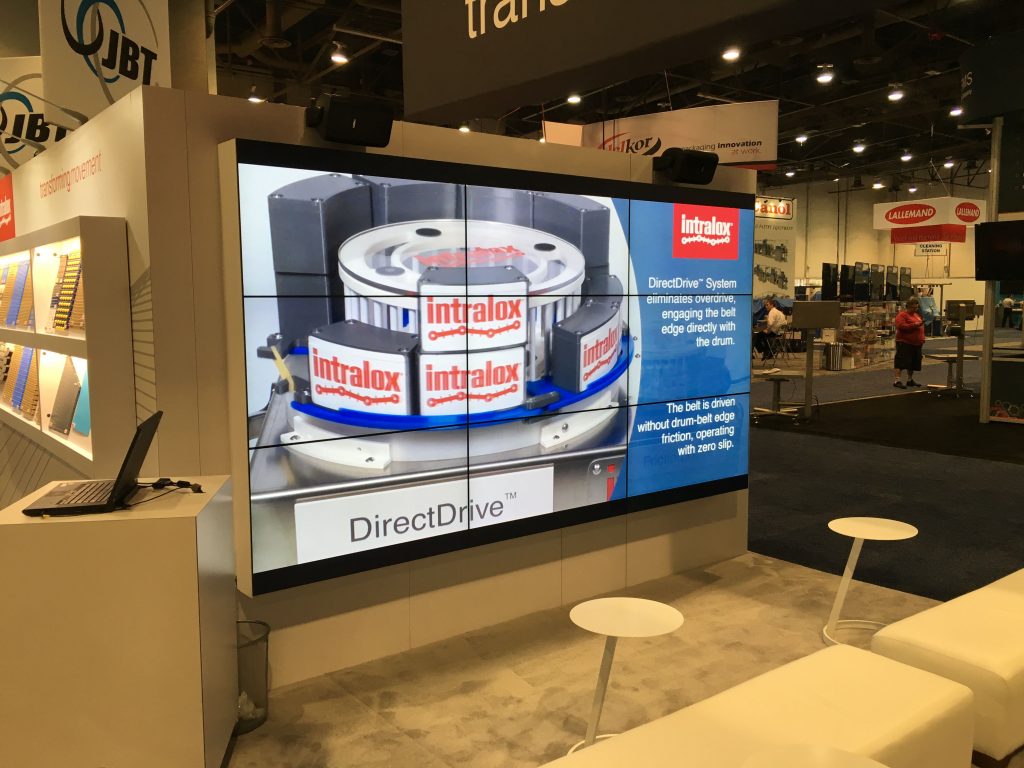Boosting Effectiveness and Durability By Implementing Efficient Thermal Management in Digital Display Assemblies
Wiki Article
LED display panels remain increasingly widely used in diverse fields, such as promotion, entertainment, along with sometimes domestic design. These screens deliver bright, dynamic displays that can capture interest and enhance aesthetic impact. Still, one critical aspect of preserving their effectiveness and longevity is proper temperature control. As LED screens run, they generate thermal energy. Whenever this thermal load is not handled properly, it can cause lowered brightness, color fidelity, and possibly a shorter lifespan for the screens. As a result, understanding how to effectively manage temperature is vital for maximizing the functionality of luminescent wall panels.

Thermal dissipation in luminescent technology refers to the techniques used to regulate and reduce the unwanted temperature generated in the course of operation. One frequent technique utilizes compounds with high conductive properties, such as alloy or copper. These metals can quickly conduct temperature out of the luminescent elements, ensuring the working temperature at a safe level. Furthermore, the design of Light Emitting Diode wall panels plays a important role in thermal control. Panels that integrate thermal sinks or ventilation systems enable heated airflow to escape while pulling in special effects with led screens cold air, additionally assisting with temperature control.
An additional key factor in effective temperature control is proper setup and arrangement of luminescent wall panels. Making sure that there is ample space around the units enables enhanced airflow, which works to regulate them efficiently. It is also important to avoid installing lighting modules in enclosed areas where temperature can become accumulated. Rather, they should be mounted in environments with good airflow to support optimal temperature regulation. Experts often advise placing luminescent units away from strong solar exposure or other temperature sources to prevent overheating.
Routine maintenance of LED displays is also essential for achieving efficient heat dissipation. Particles and contaminants can build up on the outer layer of the screens and inside their components gradually. This accumulation can limit circulation and impair the panel’s capacity to regulate temperature. Wiping the outer areas regularly and ensuring that any internal components are free from blockages will assist preserve maximal efficiency standards. In addition, monitoring for any evidence of wear or faults can aid mitigating excess heat complications before they become critical concerns.
In summary, proper thermal management is essential for enhancing both the functionality and lifespan of LED wall panels. By using materials with superior thermal conductivity, ensuring proper installation and placement, and conducting consistent servicing, owners can substantially elevate their read here luminescent results. Understanding these principles not only helps in preserving the standard of the screens but also promotes energy savings and environmental responsibility in illumination systems. As technology continues to advance, prioritizing heat dissipation will stay an critical element of deploying Light Emitting Diode displays to their full capacity.